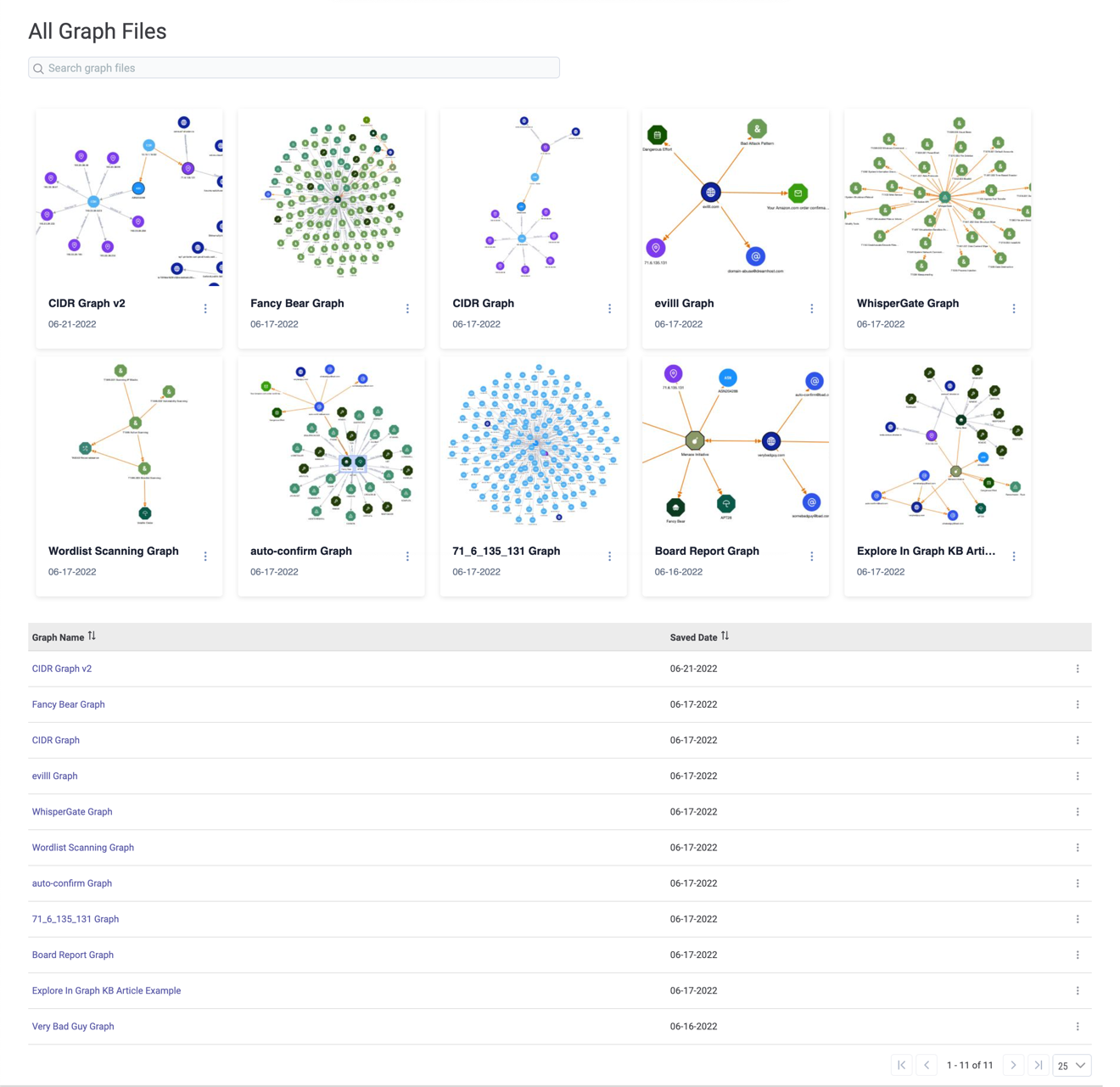
In 2014 Google began the process of shutting down Freebase and moving content to a KG associated with Wikipedia called Wikidata. In its earliest form the Google’s KG was based on another KG known as Freebase. 2019 which we will describe in more detain in the last section of this note. See “ Microsoft Academic Graph: When experts are not enough” Wang et.al. An excellent KG for science topics is the Microsoft Academic graph. The entity graph has 100+ billion connections. Among the really giant KGs is the Facebook entity graph which is nicely described in “ Under the Hood: The Entities Graph” by Eric Sun and Venky Iyer in 2013. Of course, there is also a search engine link to the Wikipedia page describing the real scientific thing.
#KNOWLEDGE GRAPH BUILDER MOVIE#
For example, if you search for the term that describes the surface of a black hole, an “event horizon” you get an image from the bad 1997 movie by that name. The Google KG is extremely general, so it is not as good for all science queries, especially those that clash with popular culture. In this case the search was for “differential equation”. Google information panel that appears on the right side of the page. This is the result of a Google search for “differential equation” which is displayed an information panel to the right of the search results.įigure 1. Having the KG available means that a search can quickly surface many related items by looking at nearby nodes linked to the target of the search. In fact, it is very large (over 70 billion nodes) and is consulted in a large fraction of searches. If you search for Knowledge Graph on the web or in Wikipedia you will lean that the KG is the one introduced by Google in 2012 and it is simply known as “Knowledge Graph”. In “ A ‘Chatbot’ for Scientific Research: Part 2 – AI, Knowledge Graphs and BERT.”, we postulated how a KG could be the basis for a smart digital assistant for science. We have explored the topic of KGs in previous articles on this blog. The result is no match for the industrial strength KGs from the tech giants, but we hope it helps illustrate some core concepts. To search the KG we will use BERT to build vectors from English queries and graph convolutions to optimize the search.
#KNOWLEDGE GRAPH BUILDER HOW TO#
In this tutorial, we will show how to use Google’s Named Entity Recognition to build a tiny knowledge graph based on articles about scientific topics. When combined with natural language understanding technology capable of generating these triples from user queries, a knowledge graph can be a fast supplement to the traditional web search methods employed by the search engines.

Formally, a knowledge graph is a graph database formed from entity triples of the form (subject, relation, object) where the subject and object are entity nodes in the graph and the relation defines the edges. Knowledge graphs (KGs) have become an important tool for representing knowledge and accelerating search tasks.


 0 kommentar(er)
0 kommentar(er)
